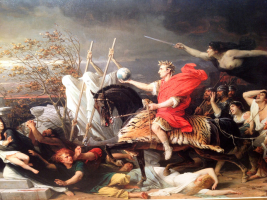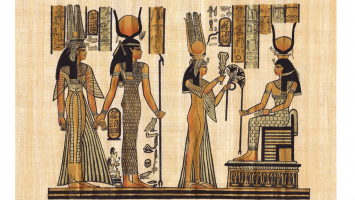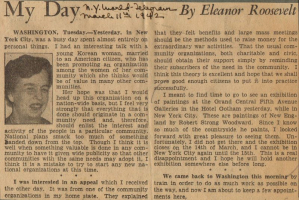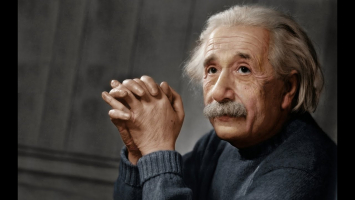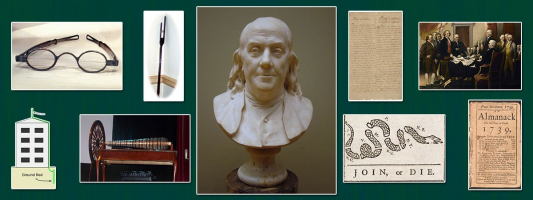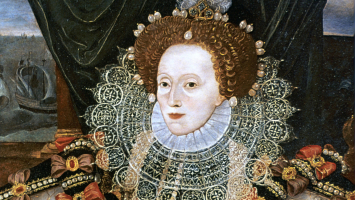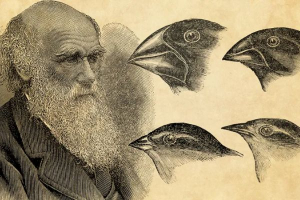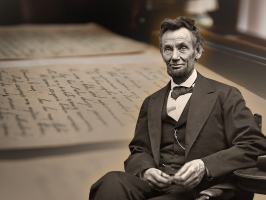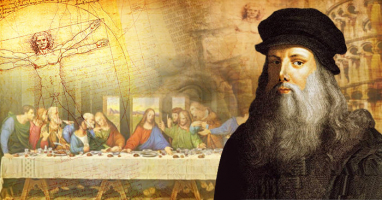Top 9 Major Accomplishments of Isaac Newton
Science and Isaac Newton are synonymous terms. Isaac supplied some of the fundamental principles to physics and other sciences, making him arguably one of the ... read more...greatest minds in the history of science. Do you know what the major accomplishments of Isaac Newton are? With Toplist, let's find out!
-
In his 1687 book Principia, Newton initially established his three Laws of Motion: inertia, F = ma, and action-reaction. They explain how a body interacts with the forces acting on it and how those forces cause the body to move. For more than 200 years, experimentation and observation were used to validate Newton's laws, and they are still excellent approximations at the scales and speeds of daily life. They created the groundwork for Newtonian mechanics, another name for classical mechanics. Since Newton, classical mechanics has continued to be a major area of study in both mathematics and physics. It defines how bodies move when they are subject to a system of forces.
The three Laws of Motion explain how a body interacts with the forces acting on it and how it moves in reaction to those forces. At the scales and speeds of daily life, they continue to be excellent approximations. The three laws are listed below.
Number 1, Law of Inertia: Unless forced to do so by external forces, every object remains in a condition of rest or uniform motion in a straight path. Number 2, Law of acceleration: Force is equal to the momentum change (in mV) per change in time. Force equals mass times acceleration for a constant mass or F = ma. Number 3, Law of Action and reaction: There is an equal and opposite reaction to every action.
Photo: www.forbes.com Video: CrashCourse -
The law of universal gravitation, which Newton developed in Principia, asserts that any two bodies in the universe would gravitate toward one another with a force that is directly proportional to the product of their masses and inversely proportional to the square of the distance between them. The ground-breaking legislation contributed to our understanding of a variety of phenomena, including comet and tide trajectories and tides. Even though Einstein's theory of general relativity eventually replaced Newton's universal gravitation law, most applications still employ Newton's law as an excellent approximation of the effects of gravity.
Gravity was first described by Newton as an all-encompassing force. In his book Principia, he discussed it and came up with the concept of the law of universal gravitation. According to the law, any two bodies in the universe will be drawn to one another by a force that is directly proportional to the sum of their masses and inversely proportional to the square of their separation.
This ground-breaking law provided an explanation for phenomena like comet trajectories and tides. Later, Newton's universal gravitation law was replaced by Einstein's theory of general relativity. However, we still utilize and abide by this law since it provides a good approximation of the gravitational effects in the majority of situations.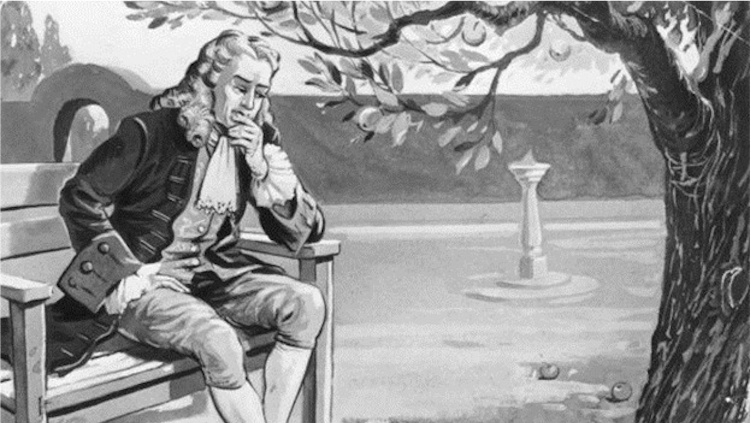
Photo: iskconnews.org Video: Professor Dave Explains -
The Philosophiae Naturalis Principia Mathematica, also known as the Principia, was first published on July 5th, 1687. It contained a ground-breaking new mathematical model of the universe that was based on Newton's theory of calculus, laws of motion, and universal gravitation. He combined his laws, among other things, to explain Kepler's laws of planetary motion. Thus, Newton dispelled any remaining skepticism regarding the accuracy of the heliocentric model of the solar system. Principia was crucial in enabling the subsequent industrial revolution and is still relevant in contemporary non-relativistic technologies. It is regarded as both Newton's most significant contribution and the cornerstone of all modern science.
This book has already been mentioned. One of the most significant scientific papers ever produced and the major accomplishments of Isaac Newton. On July 5th, 1687, he released the book. Newton discussed his theory of calculus, the laws of motion, and universal gravitation in the book.
With the publication of the book, Isaac introduced a ground-breaking new mathematical account of the cosmos. Kepler's laws of planetary motion are explained by combining Newton's laws. The industrial revolution was made possible thanks in large part to Principia. These days, a lot of scientists view it as the foundational work for all of modern science.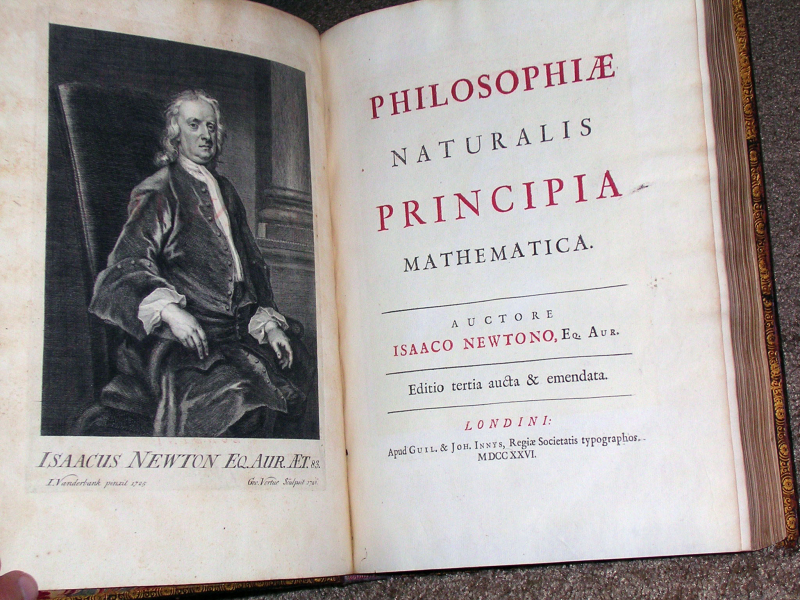
Photo: tinhte.vn 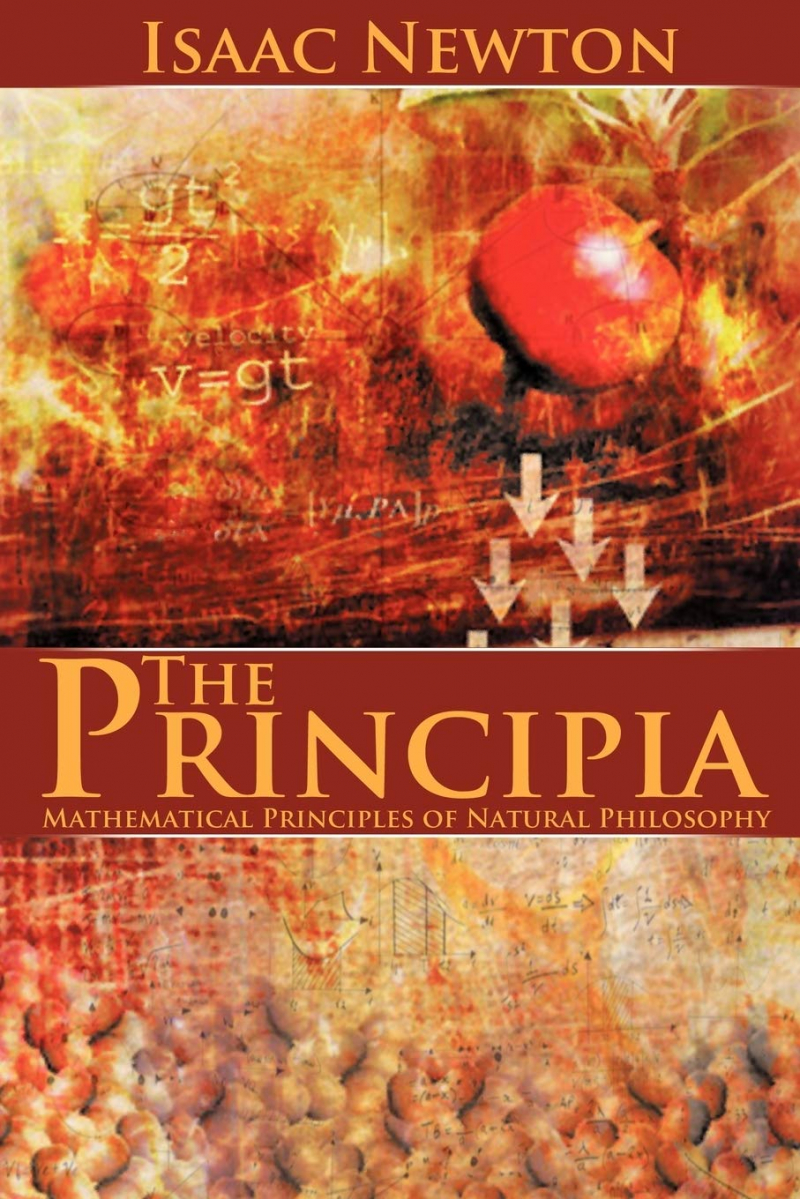
Photo: amazon.com -
The generalized binomial theorem, which is true for any rational exponent and one of the major accomplishments of Isaac Newton, was discovered in 1665 and is attributed to Isaac Newton. It is still widely applied in mathematics. Other than the binomial theorem, Newton made significant contributions to the study of power series and theory of inequalities. He also discovered Newton's identities, which have applications in a variety of mathematical fields, such as Galois theory, invariant theory, group theory, and combinatorics. He also developed Newton's method, which can be used to quickly find the reciprocal of a number and solve transcendental equations.
The technique was employed by Newton himself to identify the regions beneath curves. He saw several patterns that emerged concerning curves in the integer binomial sequence, extended them to rationals, and eventually discovered the generalized binomial sequence and the generalized binomial theorem.
Today, we apply Newton's approach to determine a function's minimum or maximum. The generic equation (A + B)n can be used to expand a binomial, and the binomial theorem offers a straightforward way for figuring out the coefficients of each term. This Isaac Newton theorem has been widely applied in the fields of statistics and probability.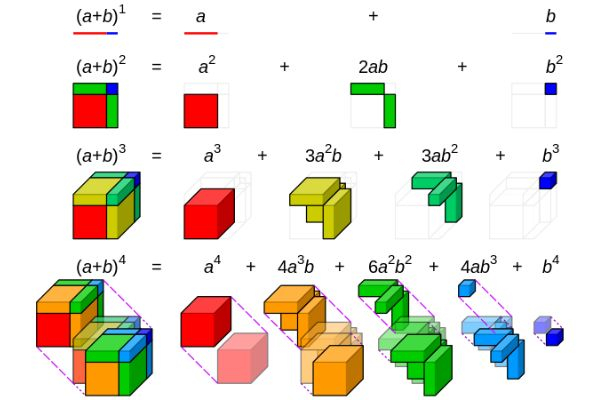
Photo: wikiwand.com Video: Math and Science -
The theory of infinitesimal calculus was separately developed in the later 17th century by Gottfried Wilhelm Leibniz and Isaac Newton. Both Leibniz and Newton claimed that the other had stolen their work at the end of the 17th century, and the Leibniz-Newton calculus conflict persisted until Leibniz's death in 1716.
Calculus was developed by Newton and German mathematician Gottfried Wilhelm Leibniz. The ideas of the two men, who each worked independently, helped to shape the field of calculus. This cutting-edge area of mathematics, which deals with rates of change and issues like volume inside curved lines, was developed in part because to Newton.
Newton started working on a mathematical theory that would eventually become calculus, the study of change, in 1665. For the first time, calculus provided mathematicians with a potent method of analysis to determine curve slopes and areas under curves. It now has a wide range of applications in science, engineering, and economics and can address a large range of issues that algebra alone cannot. Modern historians hold that Newton and German mathematician Gottfried Leibniz separately created calculus, despite a long-running scientific dispute about who did.
After Newton established the foundations of calculus, Leibniz took mathematics seriously and advanced it. Calculus became well known for the first time thanks to Leibniz's article from 1684.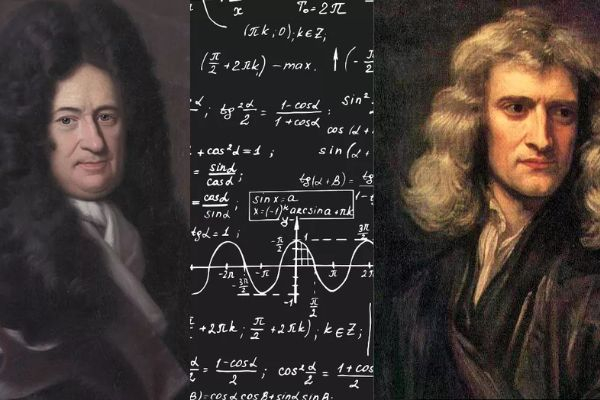
Photo: wondriumdaily.com Video: budding scientist -
The first effective reflecting telescope, generally referred to as the Newtonian telescope, was created by Isaac Newton in 1668. This is one of the major accomplishments of Isaac Newton. The best substance for his objective mirror was an alloy (speculum metal) of tin and copper. Later, he came up with ways to shape and grind the mirror, and he might have been the first to employ a pitch lap to polish the optical surface. Up until that point, the telescope was a big, heavy device. Newton's telescope was 10 times smaller and more powerful than conventional telescopes because it employed mirrors in place of lenses. The Newtonian telescope is still uncommon among amateur astronomers because of its straightforward construction.
Newton made scientific foundational contributions in the form of laws. But he also created useful inventions. The reflecting telescope, as an illustration. The refracting telescope was largely in use throughout his time. That wasn't the best tool for the job. Glass lenses in the device focused on the various colors that light naturally possesses at various distances.
Newton advocated employing mirrors rather than lenses to address the chromatic aberration issue. He created the first reflecting telescope, which was only six inches long, in 1668. Whatever it focused on was 40 times magnified by the new telescope. He received an invitation to join the Royal Society after presenting the scope to them.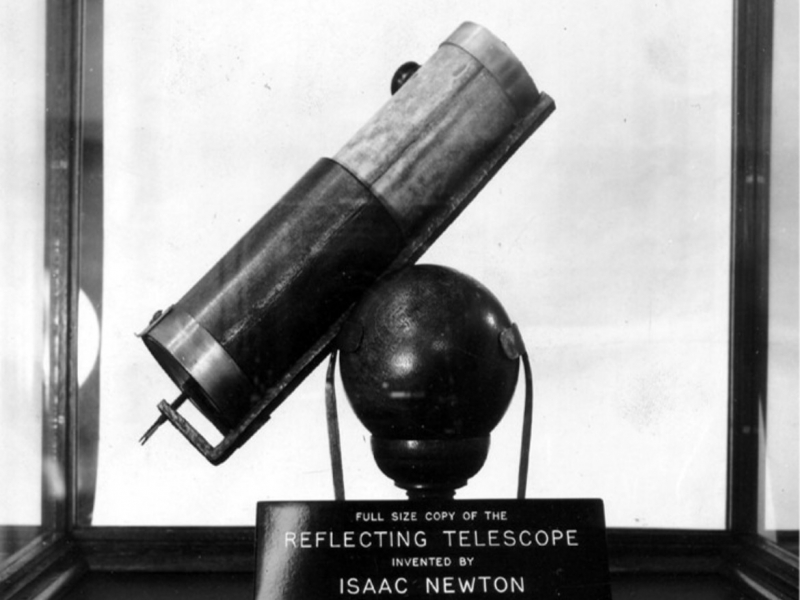
Photo: www.the-observatory.org Video: Objectivity -
Newton made his first contribution to optics in 1666 when he realized that color was a characteristic of light by measuring it through a prism. He explored light refraction while giving lectures on optics at the University of Cambridge in the late 1660s and early 1670s. He showed how a lens and a second prism could separate the prism's multicolored spectrum into white light. Famously, Isaac Newton discovered that white light is a combination of hues that can be dispersed into individual colors using a prism. He also demonstrated how a lens and a second prism could separate the prism's multicolored spectrum into white light. By demonstrating that light is complicated and heterogeneous, Newton was able to refute the notion that it is simple and homogeneous at the time. Since then, physical optics has been built on the heterogeneity of light.
Additionally, he came to the conclusion that the dispersion of light into colors would damage any refracting telescope's lens (chromatic aberration). He built a telescope with a mirror as the objective to get around that issue as evidence of the theory. This was the earliest functioning reflecting telescope that is known to have existed; its style is today referred to be a Newtonian telescope.
His discovery of the elements that make up white light in optics allowed for the integration of color phenomena into the study of light and created the groundwork for contemporary physical optics. His three laws of motion, which are the cornerstones of contemporary physics, led to the creation of the law of universal gravitation in mechanics. This is the major accomplishment of Isaac Newton.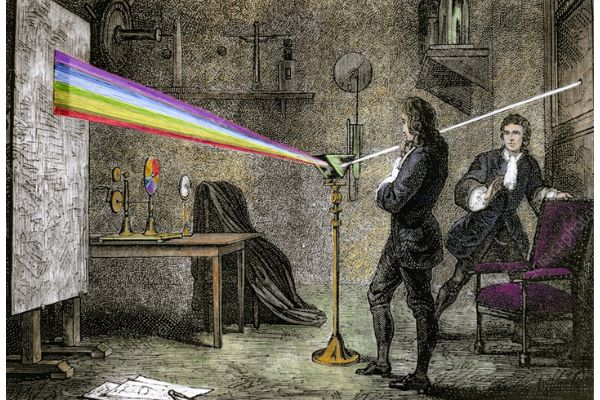
Photo: sites.google.com 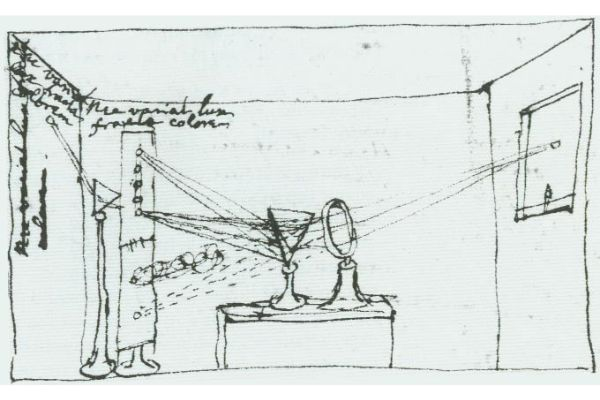
Photo: departments.bucknell.edu -
The idea that Earth is not exactly round was initially advanced by Isaac Newton. He proposed that it was actually an oblate spheroid, which is a sphere that is compressed at its poles and enlarged at its equator. He was right; the distance from the center of the Earth to sea level is around 21 kilometers (13 miles) more at the equator than at the poles as a result of this bulge.
According to Sir Isaac Newton, the Earth flattens at the poles as a result of rotational forces. The centrifugal force causes the Earth to protrude at the equator as it rotates on its axis. For this reason, an ellipsoid - a sphere that is somewhat flattened at the poles - is a better representation of the Earth.
Other scientific achievements by Isaac Newton include formulating Newton's law of cooling, which states that the rate of heat loss of a body is proportional to the difference in temperatures between the body and its surroundings, and being the first to analyze the phenomenon known as Newton's rings, in which an interference pattern is created by the reflection of light between a spherical surface and an adjacent flat surface; the first analytical measurement of the speed of sound in air; the right inference that the Earth should be shaped as an oblate spheroid; and the introduction of the concept of a Newtonian fluid, a fluid whose viscosity is constant for different rates of shear and does not change with time.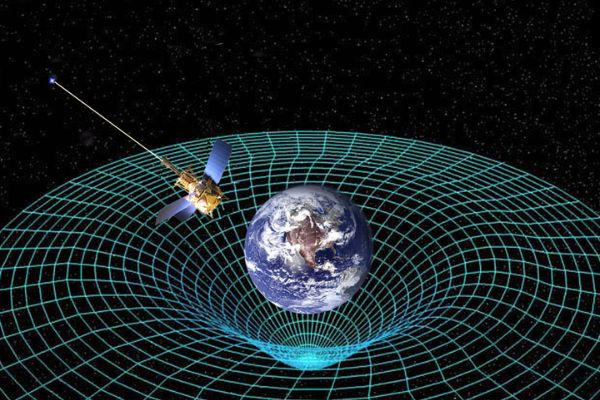
Photo: nbcnews.com Video: Discovery #MINDBLOWN -
In addition to his contributions to science, Isaac Newton was elected President of the Royal Society in 1703, served as a member of the English Parliament from 1689 to 1690 and 1701 to 1702, and was appointed Warden and Master of the Royal Mint in 1696 and 1700, respectively. As the head of the Royal Mint, Newton used his authority to punish forgers, and in 1717, he switched the Pound Sterling from the silver standard to the gold standard with the "Law of Queen Anne."
During a visit to Cambridge on April 16, 1705, Queen Anne knighted Isaac Newton in recognition of his lifetime of accomplishments. His beloved Trinity College hosted the extravagant celebration. Some claim that rather than being awarded for his scientific accomplishments, the knighthood was prompted by politics and the 1705 election. In any case, Isaac Newton is the only other scientist to have received a knighthood in Great Britain, joining Sir Francis Bacon.
In his later years, Newton was appointed the Royal Mint's Warden and elected as a Member of Parliament. He has since been referred regarded as a natural philosopher by historians, a guy who ultimately contributed to the scientific revolution in Europe as a whole as well as in Britain. He passed away and was buried at Westminster Abbey in 1727, at the astonishing age of 87.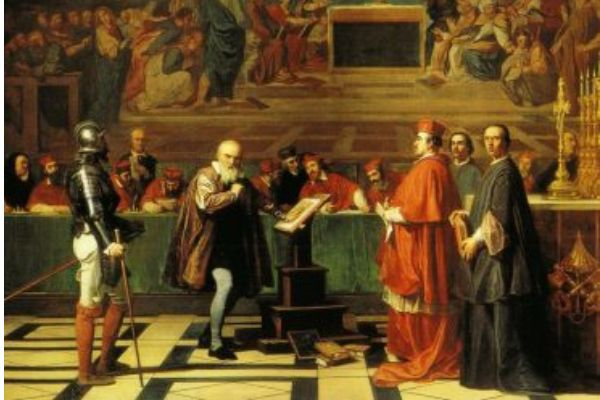
Photo: historyonthisday.com 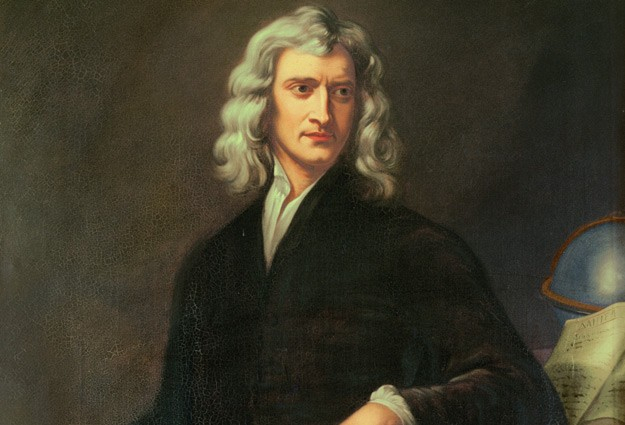
Photo: www.isaacnewton.utwente.nl












